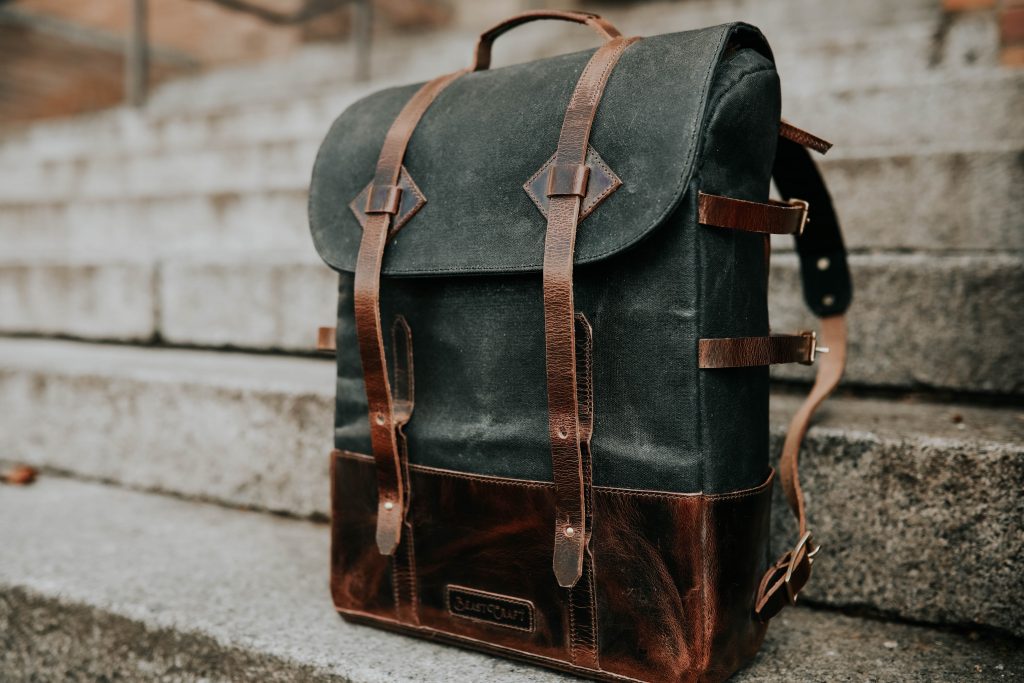If you are serious about hiking, then you should invest in a reputable pair of Stipple backpacks. These are perfect for carrying a lot of stuff in a lightweight package. If you have ever been on a camping or hiking trip then you know how frustrating it can be finding gear that you can fit in a backpack, but you can’t fit a lot of stuff in your car.
There are many types of backpacks, so it can be confusing when you are trying to choose which one is better than the rest. The best thing to do is make a list of the pros and cons of each backpack and then make your decision based on that list.
Here are the pros and cons for each backpack:
Open Loop Flashpack
Pros:
Flashpackers are often highly minimalist in their gear because they travel light. They also travel shorter distances on less terrain. The Open Loop style of backpack lets you carry all of these things while still keeping the convenience of a large pack.
The Open Loop models are a bit more expensive than other designs, but they should last you a very long time. They are also useful for people who don’t like the idea of a noisy pack when they are on the move.
The fact that the Open Loop series is more expensive than other lines of backpacks, makes it more expensive to buy, but remember that these packs are built to last a very long time.
Cons:
Even though the Open Loop series is durable, they are also subject to wear and tear, which affects gear, but also your backpacking style. Being that they are made by a well known brand, return policies are often provided by the company.
The Open Loop series doesn’t have many cons, but there are some.
Some consumers have commented that the external frame of these backpacks doesn’t lock, and this is a major drawback for some. Even if the pack is eventually jam packed with gear, opening a section just to find that the frame is hanging off can be a bit much.
The biggest pro of the Open Loop series is that they are very lightweight, meaning that you can go farther and faster carrying only a few pounds of gear, than traveling with a heavy pack that takes up a lot of room and strength.
Many hikers have commented on the comfort of the packs, especially the shoulder straps.athered and arctic-weight nylon shoulder strapsstand in contrast to the soft, thin straps of Western-weight sleeping bags. Many backpackers find that using the travel-size versions of sleeping bags provide the best fit, but since a lot of sleeping bag companies offer this size, and the travel-size bags are generally the most comfortable, it may be the easiest for you to find a bag your size.
Because the Open Loop series is relatively new to the market, there may be some bugs and some minor quality issues to sort out as the company gets the bugs out of the product.
Make sure that you put the sleeping bag in the bottom of the bag to see how much room there is at the very bottom of your pack.
asures in inches: In order to find the actual size of an item, you can divide it in half, and that is how far that size will stretch. The following guidelines may help you to determine the correct size for your needs:
Most travelers have no expertise in deciding which sleeping bag is the best for them. The best advice that you can do is to make sure that you think about the coldest temperature that you will be likely to encounter on your trips. You can find the temperature ranges for the area that you plan to travel in by visiting your local state or local national parks. Take the temperature ranges into consideration, and you will have a good idea what to choose. Keep in mind that the averages that the internet uses to determine the temperatures are only good approximations of the absolute lowest temperatures that you may encounter. If you are in a family camping environment, you should look for your own optimum temperature ranges.
Clothing
Shoes
Cold Weather Clothing
If you plan to do a lot of winter camping you will need to start shopping for clothes that are made for the outdoors. There are lots of factors that need to be considered when deciding which types of clothing are suitable for a particular climate. Your Think about the average annual temperature ranges that you will be camping in. Does the weather make cold days and cold nights? Remember that moisture in the air can make cold temperatures. Is there enough air circulation to prevent you from becoming wet from condensation? You will also need to fine tune your clothing to prevent hypothermia. Do you need to wear two layers of clothing or just one?
Make sure that your clothing stays dry by applying a waterproof spray to your clothing. This will make sure that you have dry clothes for the immediate chillers and help to keep your next clothes dry as well.

